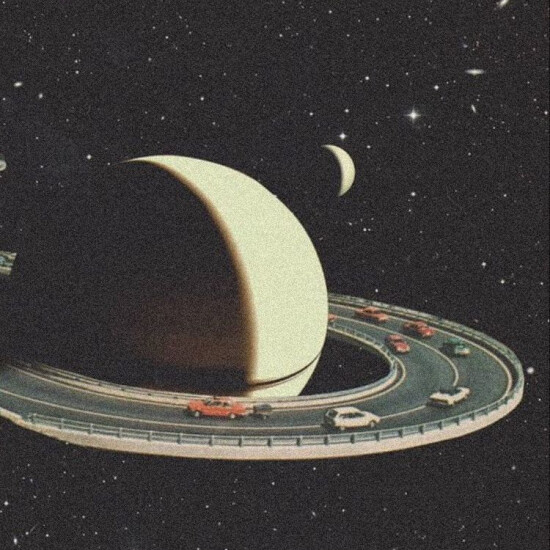
Saturnias
Saturnias’s Reviews
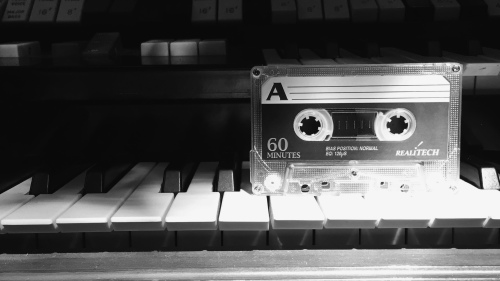
Equal parts eerie and cozy
I do believe that I can most aptly describe this magnificent creation as equal parts eerie and cozy. This instrument just begs for m7 and maj7 chords, which drench the listener in uneasy bliss. There's so much character here.
As a sample instrument, it is very well designed I think. It sounds fantastic, and very consistently so across the whole keyboard. The nine register mixing controls make this a deep well of organ timbres, and you get to tweak the sound so it sounds exactly right. I did find that the background noise got quite noticeable on the Coby patch when stacking many notes, but it fits the overall vibe of this instrument so well that it sounds like it was intentional anyway (maybe it was!).
But the magic truly began for me when I started using modulators/automation from my DAW on the different organs registers and lay down chords whose timbre just keeps on evolving. This instrument is incredibly well-suited for that, thanks to the way the GUI was organized. I've barely scratched the surface, because I suspect that there is a whole menagerie of effects that would also work well with this instrument (clippers, phasers, moving resonant filters, bitcrushers, Cryostasis' spectral inertia modulator, maybe even a parallel-processed vocoder?).
And all that magic in a neat, 80 MB package. Truly a gift that keeps on giving. Thank you very much, sir Shaffer. Hats off.
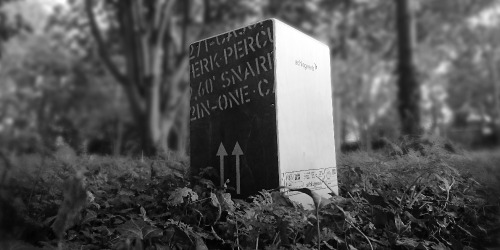
Well, this is just lovely!
Having used the nice cajon library by PMEDig for some music projects in the past, I was excited to see Jon's Cajons pop up on Pianobook. And after playing around with it for a bit, I am well impressed!
This is a very solid and usable instrument. What I like most is the quality and attention to detail. From the sheer number of samples included, to the cheerful UI that can be understood at a glance, to the filters and controls for mic balance, to the cute little slappy hands...
Just excellent stuff Jon, thank you! You've made a lovely instrument here, and I think I'll be reaching for it quite often...
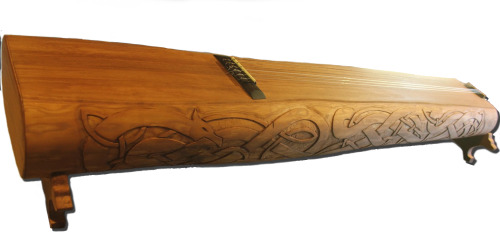
A bit tricky to use, but very cool!
I love the story and the idea behind this. This really has a unique sound. It sounds like the instrument of choice for a voyage through the smouldering plains of Muspelheim.
From the technical side of things, to me this sounds like a well-sampled instrument. As for controls, there are various articulations that can be blended together, there is ADSR, LPF, reverb, and delay. The delay is a little bit fast for my taste, but hey, I can just use a post-effect for that.
From a musician's perspective, I find this a bit of a tricky instrument. Using it often or busily can get overbearing very quickly, and unless you're going for that sort of thing, I tend to be a bit more tactical where I use it. I use the plucks and the picks samples as one-offs in folk arrangements where volume picks up a lot or fades out suddenly, to great effect I might add! Slow, hulking bass lines work well too, but it's tricky for it to be subtle. Composers of the more cinematic persuasion will likely enjoy using it this way too.
The bowed samples I find harder to use, the higher harmonics of that sound are truly gnarly. They sound great, I just haven't found a place for them yet. Probably would work well together with a few effects in a dark ambient project.
To summarize: a nicely sampled virtual instrument based on a very unique real instrument. It has a feisty character that forces you to think about where best to put it to use. Comes highly recommended, as far as I'm concerned, well done!
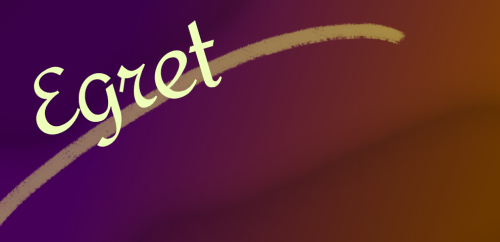
Lovely pads... but then they stop...
This is quite a nice organ-like pad instrument. You get three different voices that can be volume controlled, panned, and LPFed independently. There's a big knob for global reverb, which dresses things up nicely. It's very easy to quickly to get to a sound that you like.
However, there's one thing that holds this instrument back a lot: the samples do not loop. So after 4-5 seconds, each voice comes to a somewhat abrupt ending. Quite a shame, because it significantly restricts the ways in which this instrument can be used. Your mileage may vary.
